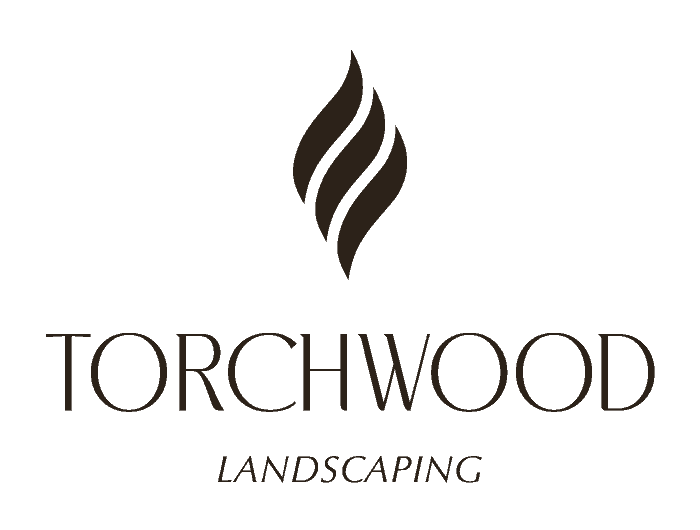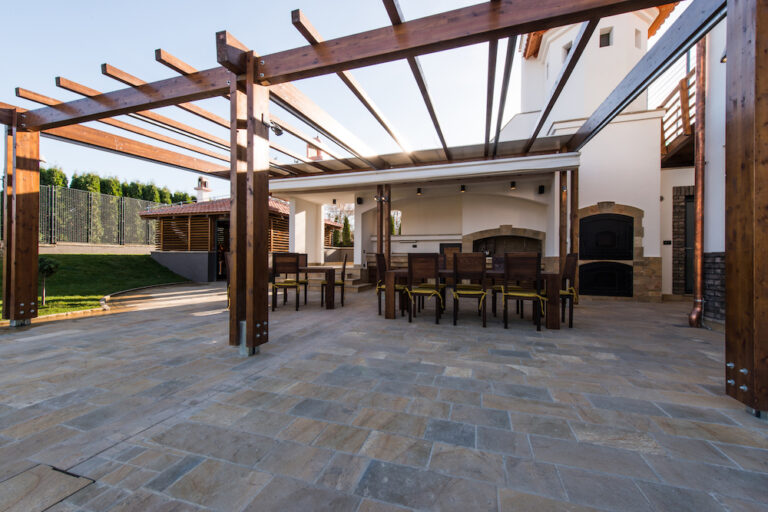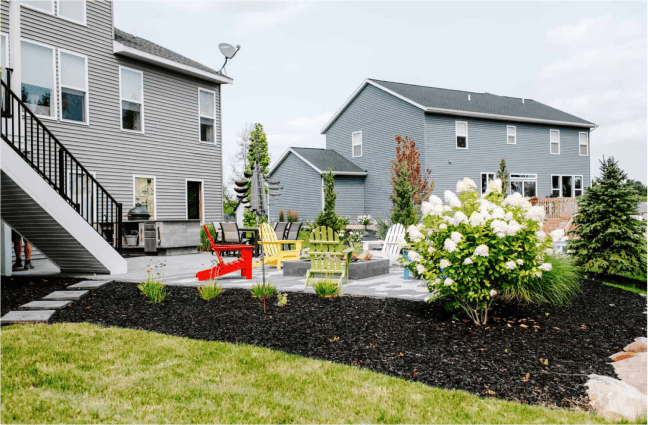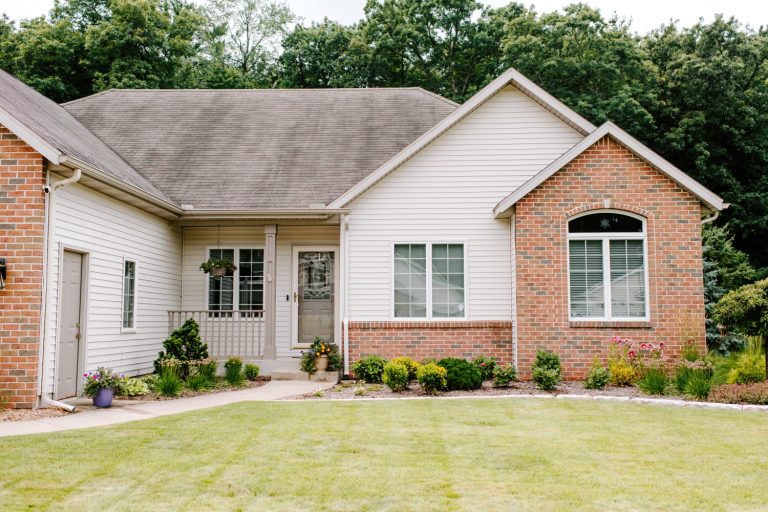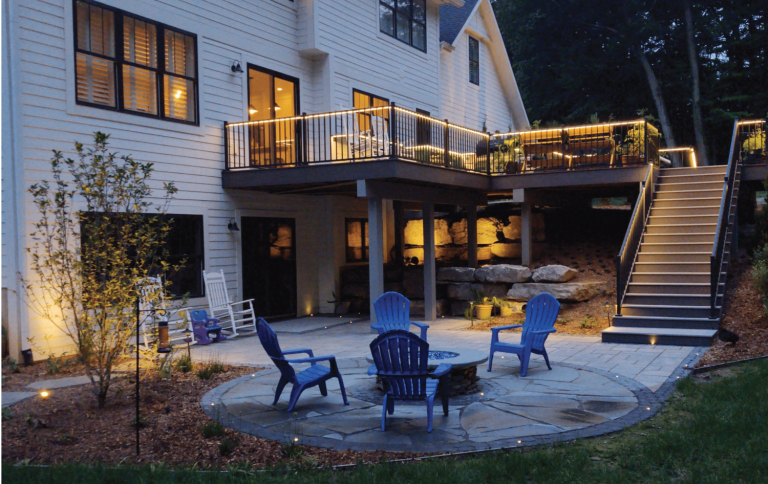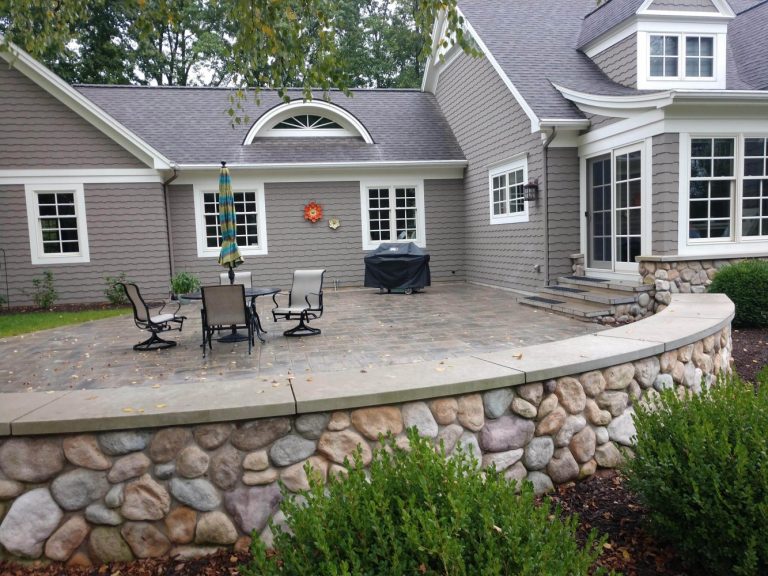Everyone wants an outdoor space they can enjoy all summer long, whether that’s a patio for barbecuing or a space to relax by the pool. No matter what kind you want, choosing the best patio material to create it is key. With so many options out there, deciding which one will fit your lifestyle can be confusing.
At Torchwood Landscaping, we’ve helped many clients create the backyard spaces they’ve always wanted, with a patio that fits their budget and their style. In this blog, we’ll dive into three of the most popular patio materials—natural stone, pavers, and cement. We’ll walk you through the common uses for each material, its durability, and its cost. That way, you’ll know the perfect material to choose for a patio that fits your life.
Natural Stone
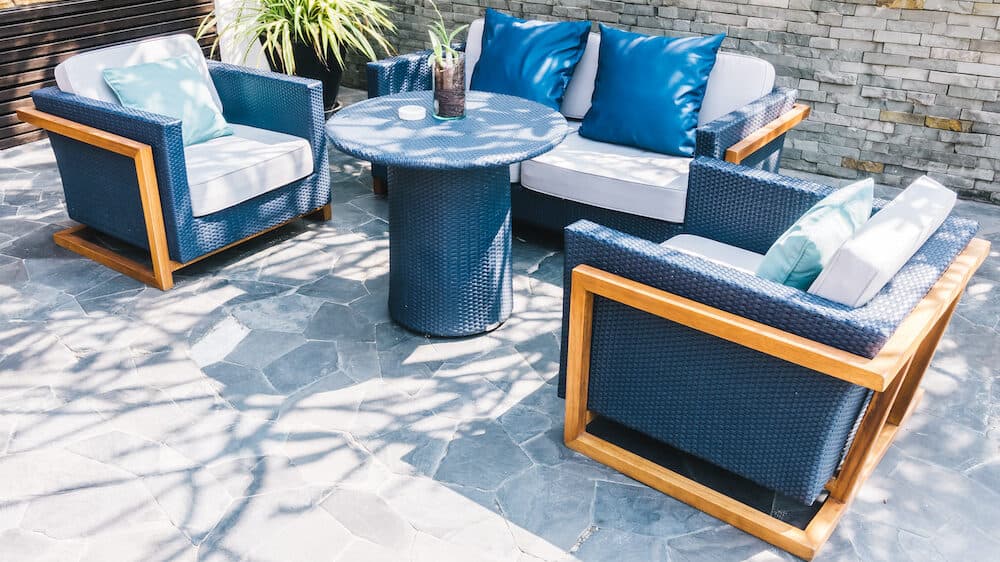
Natural stone is pretty much what you think it is—stone that has come from the earth and hasn’t been altered or mixed in any way. In the way of patio material, natural stone is cut down to a flat surface that prevents tripping hazards. It creates a unique, non-uniform look to a space, with different colors, shapes, and sizes. Common examples of natural stone are flagstone, sandstone, and granite.
When to Use Natural Stone
Natural stone can add character to your backyard. You’ll almost never find two natural stones that are alike. It is perfect if you want your patio to look creative and natural and add a unique touch to your backyard, whether you want a patio for grilling, hosting bonfires, or simply enjoying the evening.
Cost
Natural stone is one of the most expensive patio materials to install—although natural stone is easy to find, it takes a lot of time to properly fit the pieces together. You will want a landscaper who is skilled in working with natural stone and can avoid trip hazards or cracks. That way, you’ll have a safe and beautiful space for your whole family to enjoy!
Durability
While it’s more expensive to install, when properly taken care of natural stone can essentially last forever. Natural stone will wear over time, but will almost never decay. The biggest threat to natural stone is water, but don’t let that deter you from using it! If you want a fountain, bird bath, or pool on your patio, ask your contractor if they could seal the stones when they’re finished. Waterproofing the stones will help you love your patio for years to come.
Conclusion: Natural Stone
Here are three things to remember about natural stone:
- It’s a fun and creative material to use due to its variety.
- It is one of the more expensive materials to use due to installation.
- If you protect it, natural stone can last you a lifetime!
Pavers
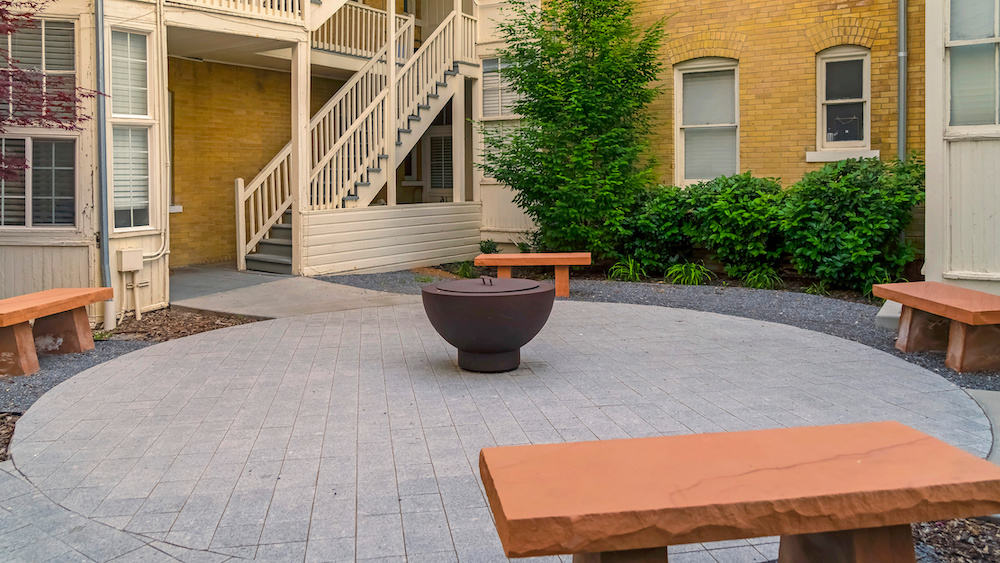
Pavers are cut pieces of stone that can be made out of a variety of different materials, including natural stone, brick, or concrete. Because of this, the sky’s the limit in terms of designs and layouts. Using pavers, you can make designs like cobblestone, flagstone, or even woodgrain. Pavers also give you the freedom to inlay signs or logos—you could monogram your family’s initials into your patio! Of the three options explored in this blog, pavers give you the most variety, but with more consistency than natural stone.
When to Use Pavers
At Torchwood, we recommend pavers to homeowners who want a specific look to their patio, whether they want certain colors, textures, or designs. You might be someone who knows exactly what they want—if you are, then pavers are for you!
Cost
Depending on the kind you choose, pavers cost about the same or slightly less than natural stone. They also typically take less time to install and are easy to remove and replace.
Durability
Pavers are very durable but can be susceptible to water or weather damage. Most pavers also tend to fade over time. But remember—they are easy to replace if they begin to fade or show signs of wear. We recommend sealing your pavers to keep them protected from the elements year-round.
Conclusion: Pavers
Here are three things to remember about pavers:
- Pavers give you almost complete control over the look and feel of your patio.
- They can be more budget-friendly than natural stone.
- While they are susceptible to wear, they are easy to replace!
Concrete

Concrete is an economical, no-frills option for a patio. While it may not be everyone’s first choice, concrete is a great option when it isn’t the focal point of your patio or backyard. While it’s mostly a functional material, you can add detail and texture to it to add character.
When to Use Concrete
Similar to pavers, concrete gives you some freedom with the design of your patio. While concrete can be seen as plain, your landscaper can use rakes or stamps to create designs or textures. Concrete is best used in spaces around your yard that you don’t intend to modify or renovate often, as concrete is difficult to remove. It is also useful if your backyard is easy for a cement pourer to access.
Cost
Concrete is the most cost-effective material for a patio. It typically costs less than both pavers and natural stone.
Durability
Although concrete is budget-friendly, it is not very durable. It’s not a matter of if it will crack, it’s when it will crack. Concrete gets damaged easily by extreme temperatures, water, and rock salt. It can also settle and cause trip hazards over time. Since it isn’t installed in pieces, like pavers or natural stone, it’s also much more difficult to uninstall. Sealing concrete and keeping it clean will lengthen its lifespan.
Conclusion: Concrete
Here are three things to remember about concrete:
- While it’s a simple material, your contractor can add special touches using stamps or rakes.
- Concrete is the most cost-effective option for your patio.
- While it is budget-friendly, concrete is also very difficult to uninstall or replace, and it cracks easily.
Enjoy Your Backyard All Summer Long
In this blog, we explored three of the most popular patio materials—natural stone, pavers, and concrete. No matter what material you choose, you deserve a beautiful patio that will add value to your home, last for years, and become your home base for year-round fun. It’s never too early to start thinking about what sort of patio you want. Book a consultation with Torchwood Landscaping today and let us help you create a space that brings your loved ones together.
